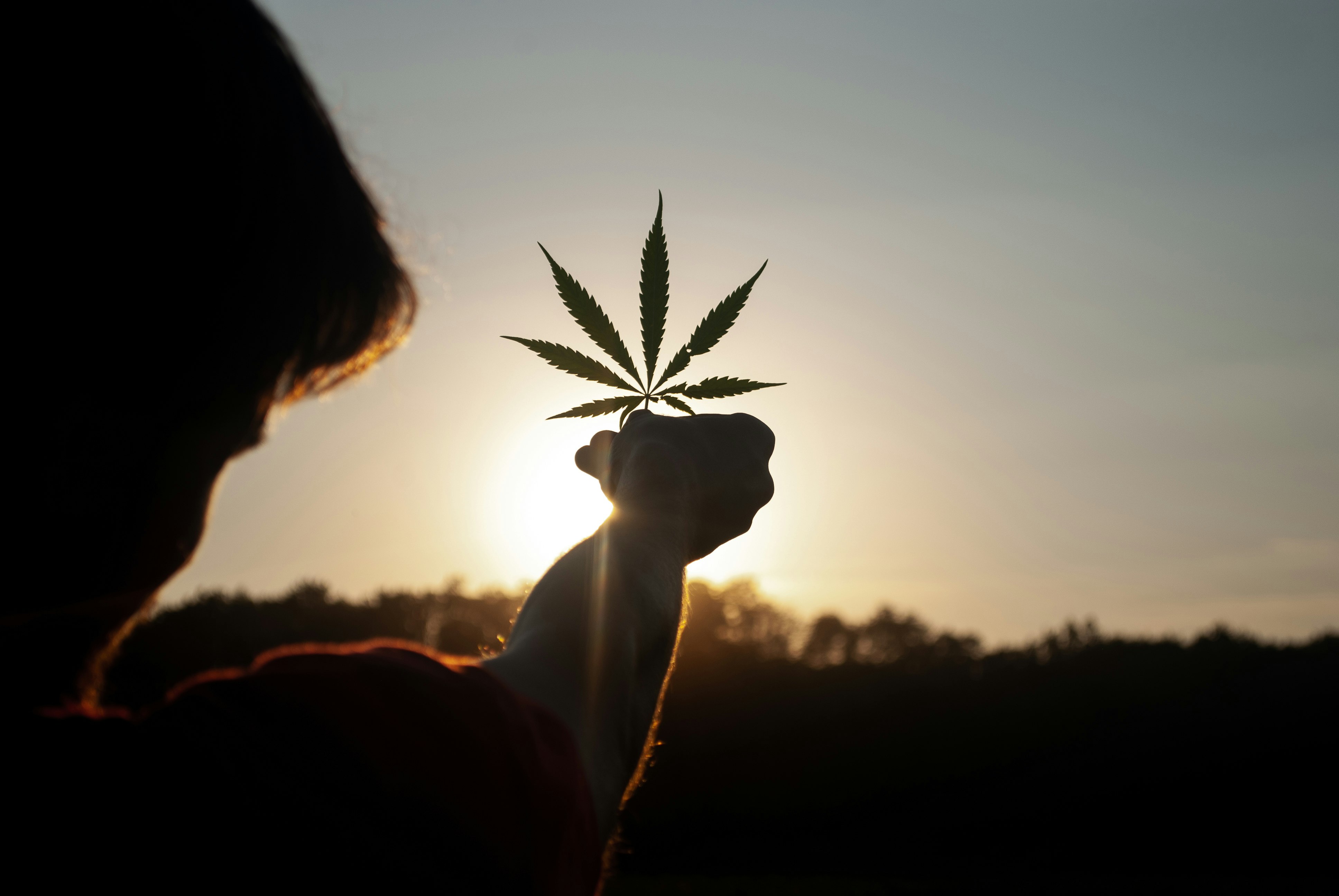The Intricacies of the Cannabis Supply Chain:
The supply chain of the cannabis industry encompasses various stages, from cultivation and harvesting to processing, packaging, distribution, and sales. Each stage comes with its own challenges that must be addressed to ensure a smooth flow of products from producers to end consumers. For instance, the key challenge in the initial stage is sourcing raw materials or ingredients required for production. Producers need to establish reliable supply chains and find trusted suppliers who can consistently deliver high-quality inputs.
Another challenge is efficiently manufacturing cannabis products. This involves ensuring the production process is streamlined, optimizing resource utilization, and maintaining quality control standards. There are also technical difficulties, such as developing new manufacturing techniques or adopting advanced machinery, which one has to contend with in this phase.
Once the products are manufactured, the focus shifts to logistics and distribution. This stage is critical as it involves managing transportation, warehousing, and inventory to ensure the products reach their intended destinations promptly. Due to these difficulties, it requires collaboration with logistics providers, choosing the right mode of transport, and effective inventory management to prevent stockouts or overstocking.
Marketing and promotion also play a crucial role in the smooth flow of products. With the importance of marketing, companies must create effective advertising campaigns. They should also establish distribution channels, and engage with customers through various communication channels. Branding, packaging, and pricing strategies need to be carefully planned to attract consumers and differentiate the product from competitors.
Lastly, customer satisfaction and after-sales service are essential for a seamless product flow. Companies should always provide prompt and efficient customer support, handle product returns or replacements, and continually assess customer feedback to make improvements. Building strong relationships with consumers is vital for repeat purchases and word-of-mouth marketing.
In conclusion, each stage of the product flow process comes with its own challenges that must be overcome to ensure a smooth journey from producers to end consumers. However, addressing each of these challenges effectively allows companies to optimize their operations and deliver a seamless experience to customers.
- Regulatory Compliance
Regulatory issues remains a leading challenge in the cannabis supply chain. Remaining compliant with the complex and ever-changing regulations governing the industry in different states is often confusing, mainly considering varying rules and requirements in each state when it comes to licensing, testing, labeling, and packaging, leading to a patchwork of regulations that can be difficult to navigate. - Quality Control
Quality and consistency and ability to maintain them across the cannabis supply chain is crucial to building consumer trust and loyalty. From ensuring proper cultivation practices to implementing rigorous testing and quality control measures during processing and packaging, companies must strive to deliver products that meet the highest standards. - Transportation Logistics
After effective quality control, the next thing any company would want to look into is transportation of the cannabis products. This aspect presents unique challenges due to the nature of these products as controlled substances. Limited capacity, stringent security requirements, and varying state regulations can make it difficult to effectively and efficiently move products from producers to retailers. Additionally, rising fuel costs and increased transportation expenses add to the overall complexity of the transportation logistics. - Marketing Strategies:
While some states have legalized recreational use of cannabis, it remains a heavily regulated industry, particularly when it comes to marketing and advertising. Cannabis companies must carefully navigate advertising restrictions, ensuring compliance while also effectively reaching their target market. Finding innovative and compliant marketing strategies is a constant challenge for industry stakeholders.
Conclusion
The cannabis supply chain in the USA faces a myriad of challenges as more states legalize recreational use. From regulatory compliance and quality control to transportation logistics and marketing strategies, each obstacle requires careful consideration and strategic planning. As the cannabis landscape continues to evolve, maintaining a thorough understanding of these challenges will be essential for industry players looking to thrive in this rapidly growing market.





